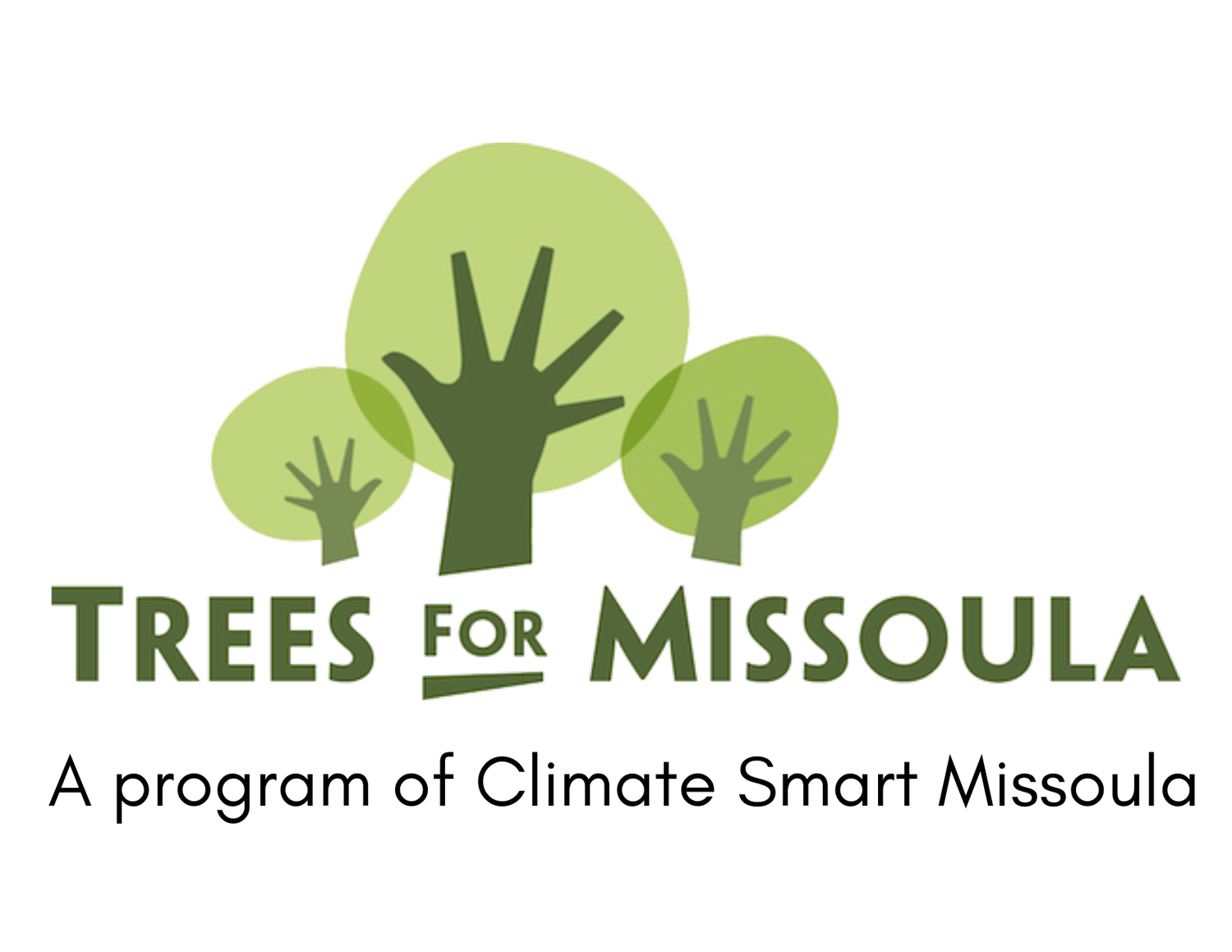Planting Trees Properly
After you have made a planting plan, it’s time to plant! This is the first, most important step in an urban tree’s life, and using the proper planting techniques will help ensure your tree will have the best chance at not only surviving, but also thriving.
When is the best time of year to plant trees?
Root Ball Types
Missoula is in Zone 4 for plant hardiness, so it’s generally best to plant trees in the fall after leaf drop or in early spring before bud-break — when temperatures are cool, moisture is up and the trees have some time to stabilize themselves before either the heat of summer or the cold of winter.
How to Properly Plant Bare Root, Containerized and Ball & Burlap Trees
Please refer to the following City of Missoula Parks & Recreation approved planting notes and details PDFs.
How to Properly Plant your Run for the Trees Tree Seedling
Thank you for participating in the annual Run for the Trees and for supporting our urban forest! This little seedling will grow into a large tree if all goes well, so be sure to find the appropriate location for its mature size.
Dig a hole large enough to accommodate the roots. Spread the roots out as much as possible to encourage growth.
Gently backfill soil into the planting hole, making sure to remove any deadly air pockets without compacting the soil around the roots.
Be sure you can see the root flare, where the trunk meets the structural root(s).
Water thoroughly, removing any remaining air pockets.
Apply mulch to help keep the soil and roots cool and moist. Keep mulch from touching the trunk.
Protect the small seedling from pets, wildlife, lawnmowers and weed trimmers.
Enjoy!
Tree Planting Tips
Prune only broken or dead branches at time of planting. Formative pruning can take place after your tree has spent 2 years in the ground getting acclimated.
Do not apply fertilizer at planting time.
Planting hole should be 2-3 times the size of the root ball.
Straighten or prune out any circling roots, so new roots grow away from the trunk.
Do not allow the roots to dry out. Keep them protected and moist.
Remove the container or wire caging and burlap from the tree before planting, being careful to keep the root ball in tact.
Remove any tags, wires, strings, etc. to prevent them from restricting growth.
Gently backfill soil into the planting hole, making sure to remove any deadly air pockets without compacting the soil around the roots.
You should be able to see the root flare, the point where the top structural root(s) meet the trunk, after backfilling the planting hole. The quickest way to kill a tree is to plant it too deeply.
Stake a tree only if it is in a high wind area, and then stake only for a few years. A tree’s natural movement in normal wind situations makes the trunk stronger.
Use mulch to help keep the roots retain moisture and stay cool. Use rock mulch only when necessary, as it tends to heat up the soil around the roots.
Keep the mulch from piling against the tree trunk. It is important to give the root flare air and sunlight.
Water thoroughly after installation to remove any remaining air pockets.
It’s best to plant trees when temperatures are cooler, when possible.




